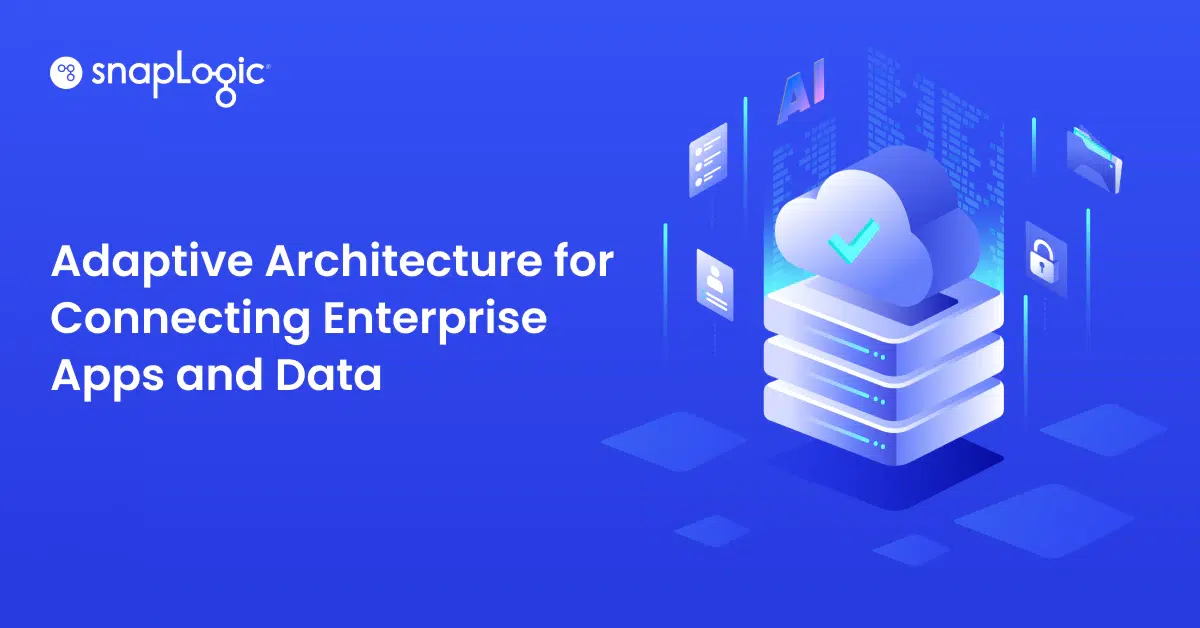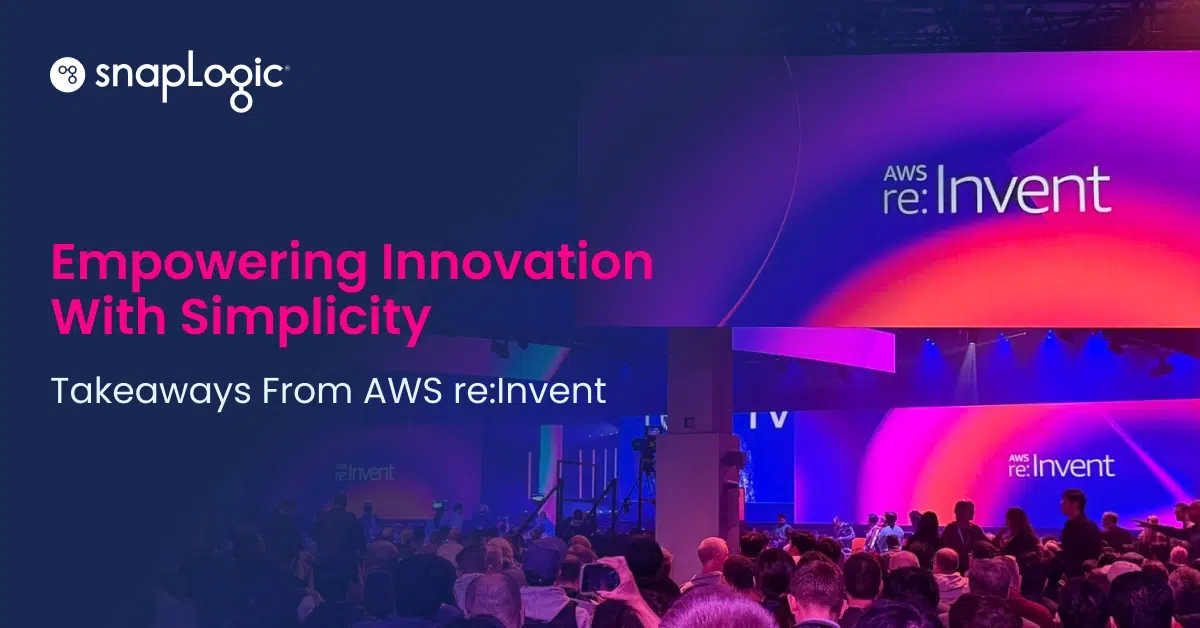This blog post originally appeared on infoworld.com.
The Beatles or the Rolling Stones? LeBron James or Steph Curry? Muhammad Ali or Floyd Mayweather? And while we’re at it: best-of-breed or single-vendor/integrated-stack?
Classic debates. Myself, I prefer the Beatles, Steph, and Ali. As for best-of-breed versus single-vendor, I’ll confess that over my 30-year career I’ve been known to argue for both sides, but these days I’m increasingly in the corner of best-of-breed. I’ll go further and say: It’s not even a fair fight anymore. With the rise of the cloud, best-of-breed is now more attractive—and easier to implement—than ever.
Best-of-breed is increasingly distinct and compelling
In the cloud, the delta in capabilities and performance between best-of-breed versus the single-stack option are considerable. The big public cloud providers have distinct strengths and characteristics that make it highly attractive to choose multiple public clouds based on desired use cases.
Microsoft Azure, for example, is often seen as the obvious choice for enterprises running Microsoft-centric applications. For analyzing big data, an organization might choose Amazon or Google depending on its specific needs. A survey by Cowen & Co. found (not too surprisingly) that Amazon Web Services is the clear leader, Microsoft Azure is a strong No. 2, and that Google and IBM are grabbing more workloads while offering above-average IT support.
The point is, the differences between the top public cloud vendors can be pronounced, and your competitive edge depends on your ability to use the best technology for a given workload. While you may put most of your applications in a single cloud, there’s no reason to standardize on a single cloud for every workload; you’ll want to choose the platform that has the right combination of pricing model, technical capabilities, and other characteristics for each application. (A good resource for evaluating their respective strengths is Gartner’s Critical Capabilities for Public Cloud Infrastructure as a Service report).
Best-of-breed helps mitigate against lockin
Generally speaking, the major cloud providers are not putting a lot of effort into helping you work easily with other cloud providers. In fact, it can sometimes seem like they’re explicitly working to lock you in. A multicloud strategy is a great hedge against lockin. It gives you negotiating power if your vendor suddenly changes strategy, pricing, or SLAs. It also gives you access to a varied set of cloud capabilities and pricing models, each of which will be a better fit for specific applications you need to run.
Whatever your current situation—whether you’re on-premises, hybrid cloud, or multicloud—your ultimate destination should most assuredly be multicloud and best-of-breed. And if you’re not there already, you’d better start planning for that future now.
Old barriers are falling away
Best-of-breed used to be a lot more intimidating to implement and manage. Before the cloud, integrated suites simply worked better and were easier to install and maintain. Today’s open, cloud-first world has changed all of that.
Previously, you had to assemble the hardware, and you needed a team of experts to manage complexity, implementation, “versioning,” and the like. All of that is gone. The cloud makes it far easier to experiment, deploy proofs-of-concepts and change course quickly—not just from one app to another but from one cloud to another.
You can set up and tear down a computing environment without the time, cost, and complexity required in previous eras—try new things and “fail fast,” in Silicon Valley parlance. The cloud makes it far easier, with the added benefit of a pay-as-you-go model that further incentivizes innovation.
Key question: Can you move your data?
Cloud adoption continues to skyrocket as enterprises embrace the upsides of simplicity, agility, and lower costs. In some areas, the major cloud vendors’ capabilities are too impressive to ignore. Unless you’re a massive company with nearly unlimited resources, you likely can’t approach the big data or IoT capabilities offered by Microsoft, Amazon, and Google. You owe it to your company to thoroughly investigate the dizzying array of solutions on offer.
But as you move to a best-of-breed, multicloud environment, you’ll need to answer the timeless question: Can you move your data? Yesterday’s on-prem data siloes are moving to the cloud, and you’ll inevitably need to move your data between clouds and between on-prem and cloud.
Best-of-breed is the future, but to take advantage you need a modern integration platform—one that’s built for the cloud and allows you to work at the metadata level instead of at the code level. This gives you a get-out-of-jail-free card that allows you to move your data from one cloud platform to another. Whether the integration technology runs there or you just source or target it, you shouldn’t have to go through a lot of pain to augment your platform or change platforms altogether.
Can you move your data? If the answer is yes, it’s time to take full advantage of the cloud and best-of-breed.









